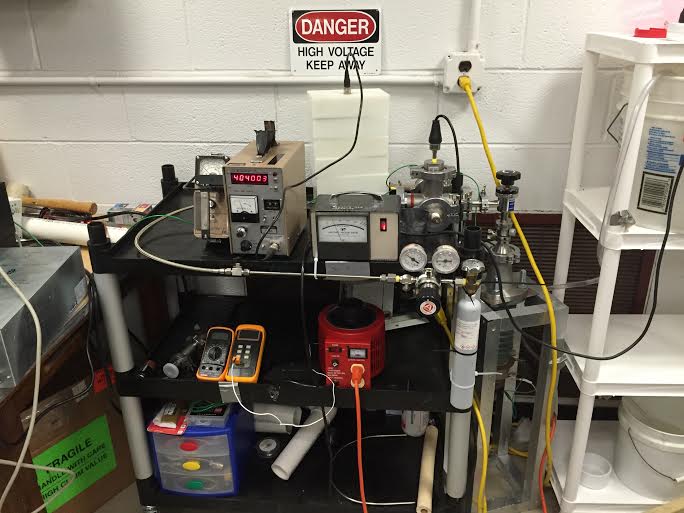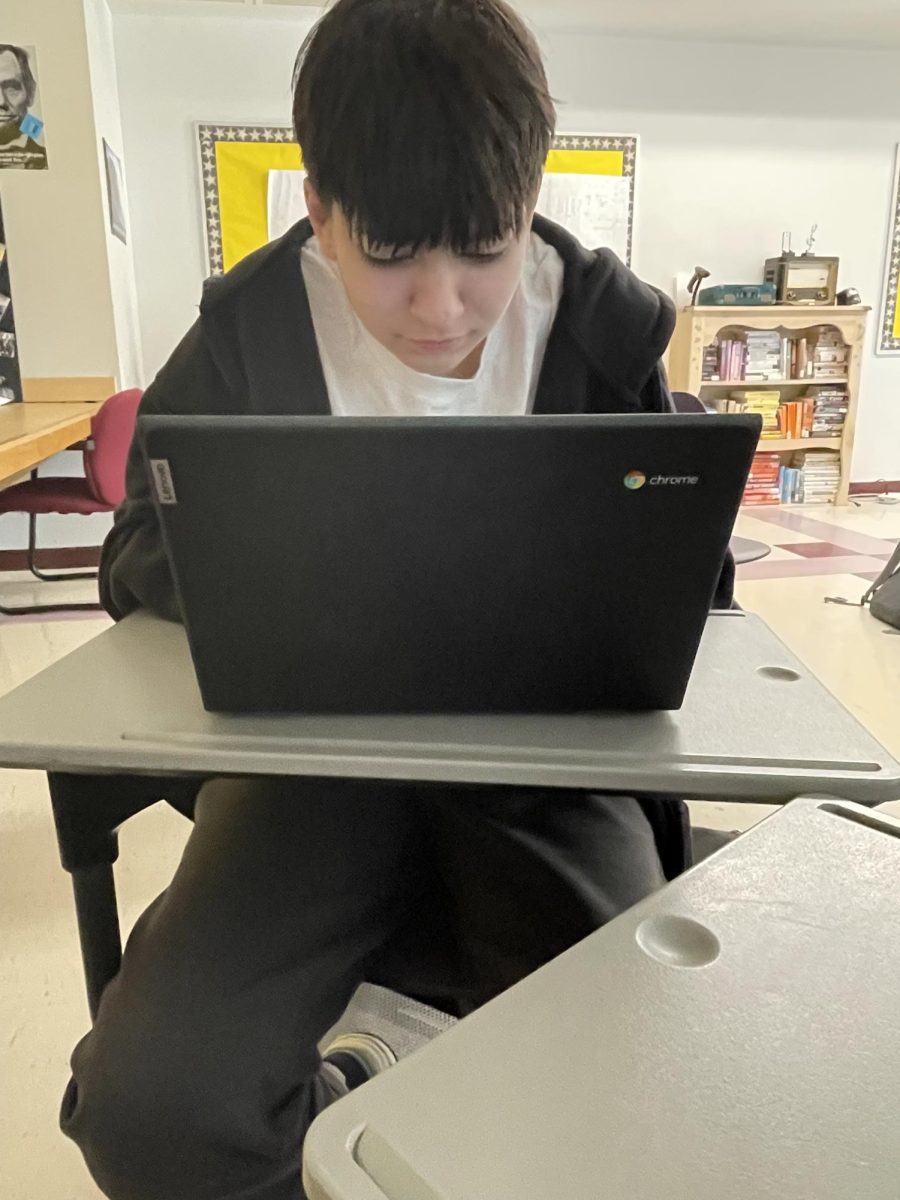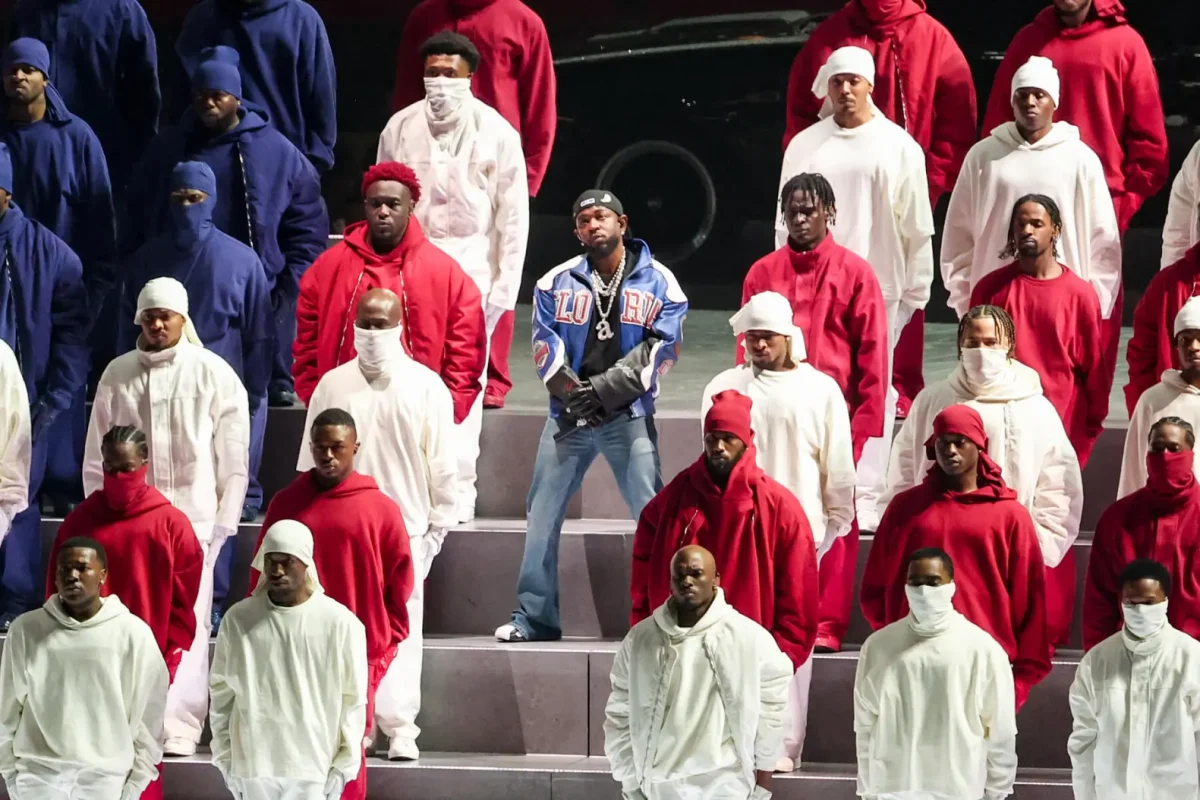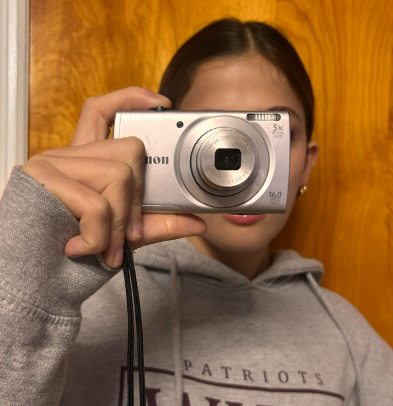Students in Science
December 17, 2015
WHHS juniors Jack Rosky and Scott Moroch have recently completed their highly anticipated nuclear fusion reactor, after a long three years. The boys started working on the project the summer going into their freshman year at WHHS, and are finished with their experiment under the supervision of two research professors at the New Jersey Institute of Technology. Moroch and Rosky have also received guidance from physicists at Princeton University and University of Maryland.
The nuclear reactor consists of a vacuum chamber with a grid (cathode) inside which is charged to a high voltage of negative potential. A special type of hydrogen gas, known as deuterium, is emitted into the chamber, it is consequently ionized by the negatively charged grid, and the nuclei are accelerated towards the center. These nuclei are able to reach an energy level high enough in which the repulsive force between them is overcome and they are able to fuse together to form Helium-3 and an additional neutron.
The process sounds confusing, and certainly is if left in the strict scientific terms. However, in more human speech, the process that Rosky and Moroch applied to their nuclear reactor “recreates the process that occurs in every star in the universe”, according to Moroch. However, in stars, fusion is occurs due to the high gravitational field. In the device Rosky and Moroch have created, the gravitational field is replaced with an electric field in order to ionize, accelerate and fuse deuterium nuclei together. The device itself produces a miniscule amount of energy compared to what is put into the device, and therefore will never be used for energy production. Despite the inefficiencies of the device, it does have applications in the industrial and medical fields
Rosky and Moroch hope to enter their research into the North Jersey Regional Science Fair at Rutgers University New Brunswick. Three-hundred teams plans to compete, with four individual winners and one team sent to nationals in Phoenix, Arizona where they will compete against 1500 students from over 70 different countries. The grand prize of the science fair is $75,000, a prize the boys would split and save for college as well as future research and development. Rosky and Moroch understand how large of an undertaking the science fair is, and hope to enter in 2016, but will certainly be entering in 2017.
The boys plan to continue to develop their project, hoping to one day, in their future careers, contribute to the international effort of transitioning the world to the clean energy. Nuclear fusion is the opposite of what the United States uses now, which is nuclear fission. Fusion fuses smaller atoms together, rather than splitting big ones apart as in nuclear fission and produces no radioactive byproducts. Therefore, this reaction is completely clean and, according to Moroch and Rosky, is the energy source of the future. Their device costed a few thousand dollars, however several multi-billion dollar, international efforts are currently taking place. In larger fusion efforts being conducted by huge organizations and nations, they use the same fundamental ideas as the device made by Rosky and Moroch, but use high magnetic fields as opposed to electric fields. In the future, Rosky and Moroch plan to enter professional careers in either accelerator or nuclear physics/engineering.






